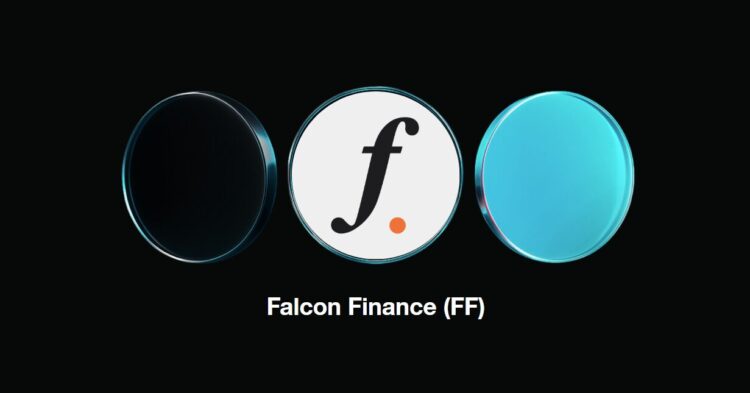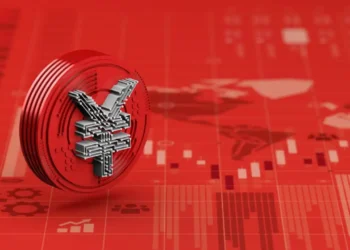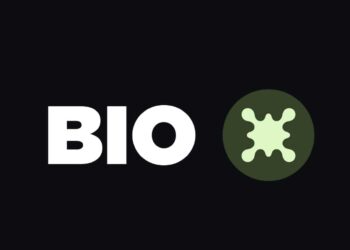Quick Breakdown
- Falcon Finance bridges crypto, RWAs, and fiat through a unified onchain system.
- USDf, its synthetic dollar, maintains 110% overcollateralization for stability.
- Users earn yield via delta-neutral strategies while preserving transparency.
Falcon Finance is taking another bold step toward integrating cryptocurrency with real-world assets (RWAs) and fiat currencies. In a recent interview with South Korea’s leading blockchain outlet, TokenPost, Founding Partner Andrei Grachev outlined the firm’s mission to create a transparent, onchain financial ecosystem through its synthetic dollar, USDf.
— Falcon Finance 🦅🟠 (@FalconStable) October 20, 2025
Building a bridge between crypto and traditional finance
At the core of Falcon Finance’s system lies USDf, an overcollateralized synthetic dollar backed by multiple asset classes—including BTC, ETH, SOL, stablecoins, and tokenized RWAs. The protocol maintains an average 110% collateralization ratio and employs delta-neutral strategies to deliver a 10% APY on staked USDf, or $sUSDf, regardless of market volatility.
Grachev emphasized that Falcon’s model is built to remove barriers between digital and traditional assets. “With USDf, users can stake and earn stable yield while staying fully onchain,” he said. The system automatically rebalances during volatile periods, ensuring capital protection and yield consistency.
Falcon Finance has implemented daily reserve verification through HT Digital and utilizes Fireblocks and Ceffu for institutional-grade custody. According to the company, full transparency of reserves and strategies is available on its public dashboard—reinforcing its stance that “transparency isn’t a feature, it’s the foundation.”
Regulation, governance, and expansion
Falcon Finance’s efforts extend into regulatory recognition and global expansion. In Switzerland, USDf has already been classified as a hybrid payment coin, approved for use in trading and settlement. The company’s FF governance token is undergoing legal review to ensure compliance and reinforce user trust.
The USDf ecosystem is currently live across Ethereum, BNB Chain, Tron, and XRP EVM, with Kaia integration underway. Falcon is also targeting South Korea, aiming to incorporate KRW-based stablecoins into its framework—enabling local users to deposit, earn, and transact seamlessly within the onchain economy.
Meanwhile, in April, Falcon Finance announced the integration of its yield-bearing stablecoin, $sUSDf, into Pendle’s decentralized finance (DeFi) platform, opening up new opportunities for users to generate stable on-chain yields.
If you would like to read more articles like this, visit DeFi Planet and follow us on Twitter, LinkedIn, Facebook, Instagram, and CoinMarketCap Community.
Take control of your crypto portfolio with MARKETS PRO, DeFi Planet’s suite of analytics tools.”





















